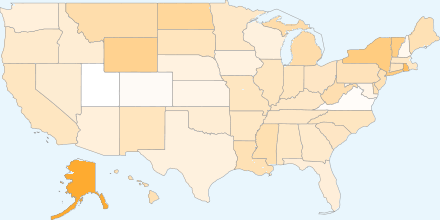In today’s Barrons, Alan Abelson summarizes a paper (.pdf) by Ken Rogoff and Carmen Reinhart:
They cite three defining elements of the aftermaths of severe financial crises. First, asset markets of just about every kind suffer a bruising and prolonged battering. On average, for instance, real housing prices plunge 35%, and the agony stretches out over six years, while equity prices lose a whopping 55% over roughly 3½ years.
Second, output and jobs take it on the chin: The unemployment rate shoots up (again, on average) 7 percentage points over four years. Meanwhile, gross domestic product suffers losses averaging more than 9%, but — scant consolation — it happens more quickly, typically in two years or so.
Third, the real value of government debt tends to explode, shooting up an average 86% in the major post-war slumps. Reinhart and Rogoff contend that the huge swelling of such debt owes not, as commonly believed, primarily to bank bailouts and handouts (see, the banks aren’t even very good at raiding the Treasury). What really kites government IOUs, they say, is the drastic shrinkage in tax revenues generated by faltering economies and the “often ambitious countercyclical fiscal policies aimed at mitigating the downturn.” (A timely, obvious example is that $825 billion stimulus package the new administration has its heart set on.)
As an example of the potential turmoil ahead, unemployment (currently teetering at a 16-year-high of 7.2%) seems destined to creep upward through this year and possibly the next, brushing up against 10% before petering out.
Meanwhile, Biden and Larry Summers echoed the same message on the Sunday talk shows, saying that there’s “no good news” on the economy and the problems “aren’t going to get solved that fast.” This communications strategy, led by Obama’s efforts to gird Americans for a slow recovery, has filled the public with an extraordinary reservoir of patience. According to the latest NYT/CBS News poll, two-thirds of the country think the recession will last two years or longer, yet there’s still widespread confidence that Obama can turn the economy around. That base of support will be critical as the economy continues to struggle.




 Posted by Arjun
Posted by Arjun 
